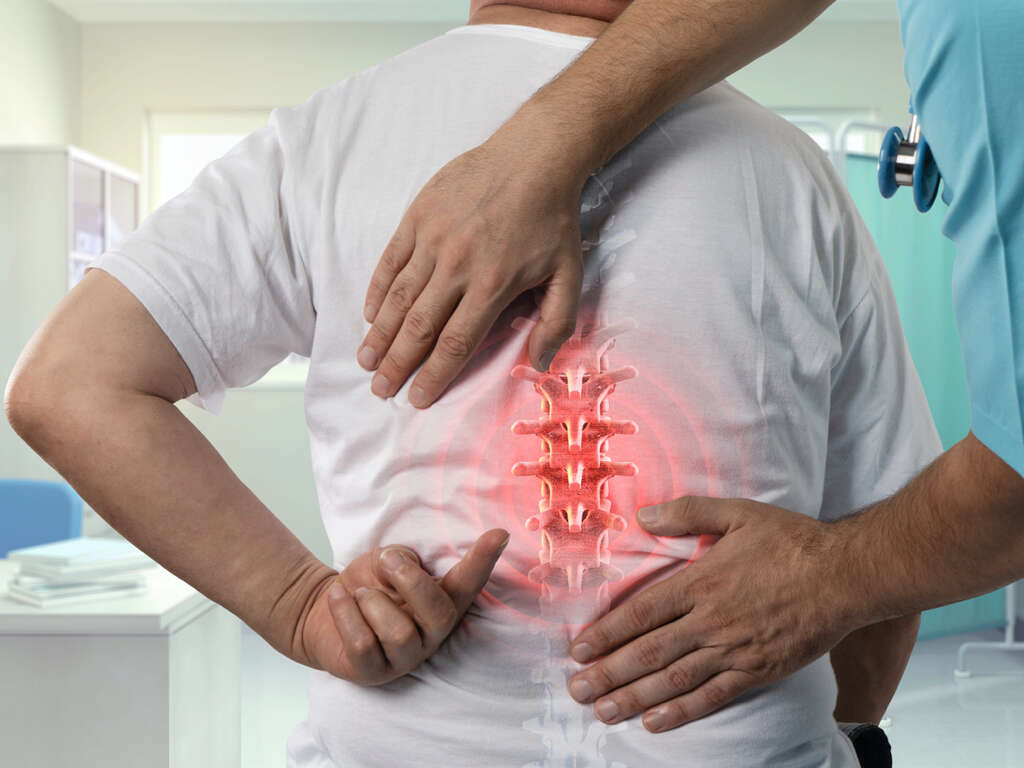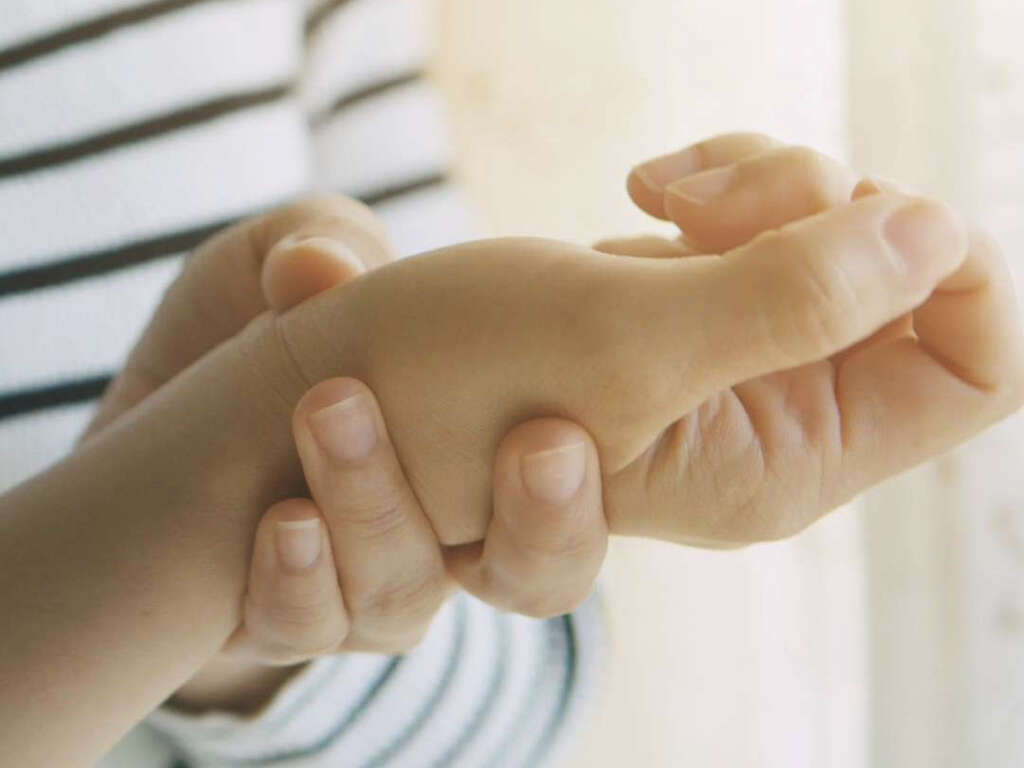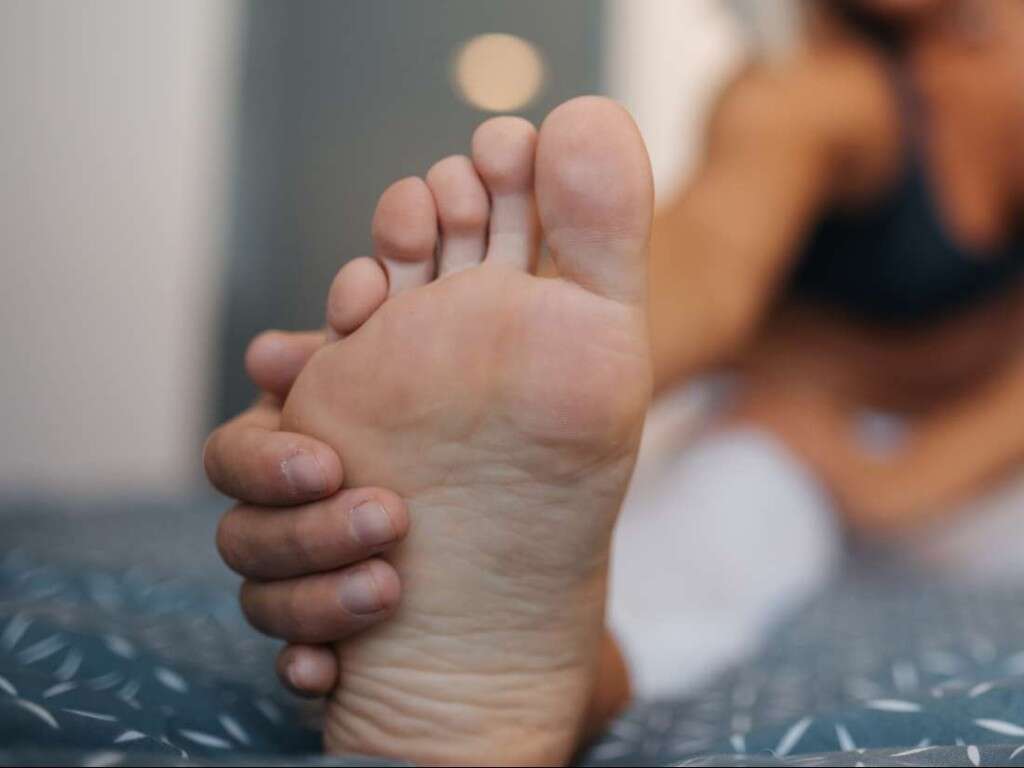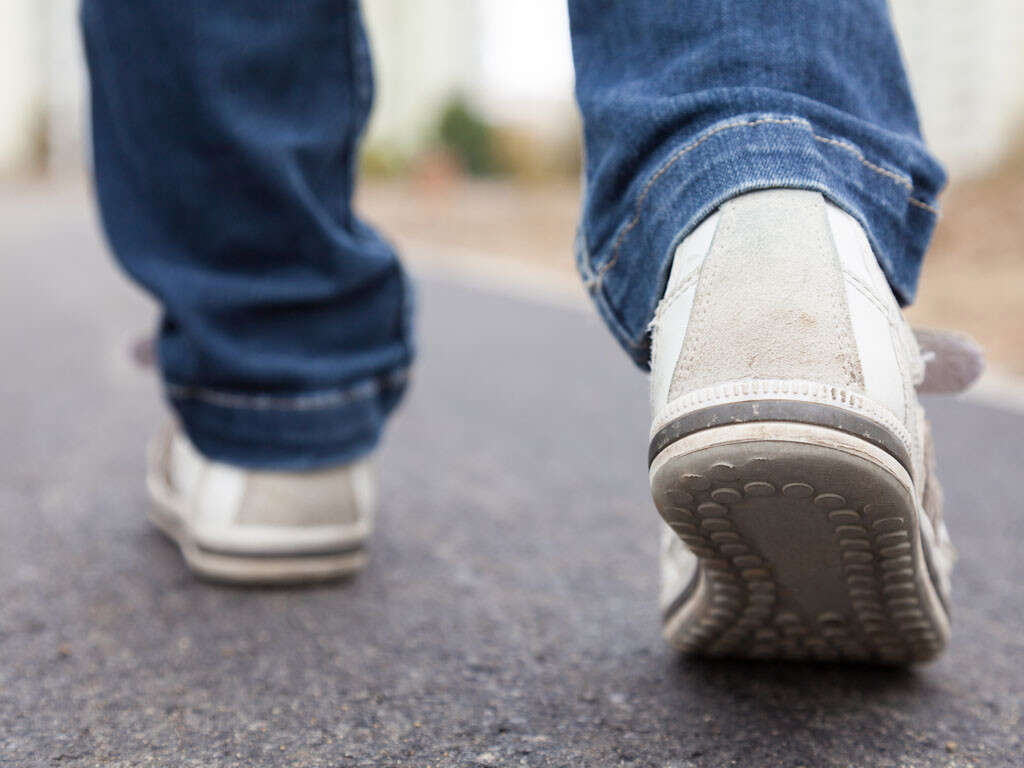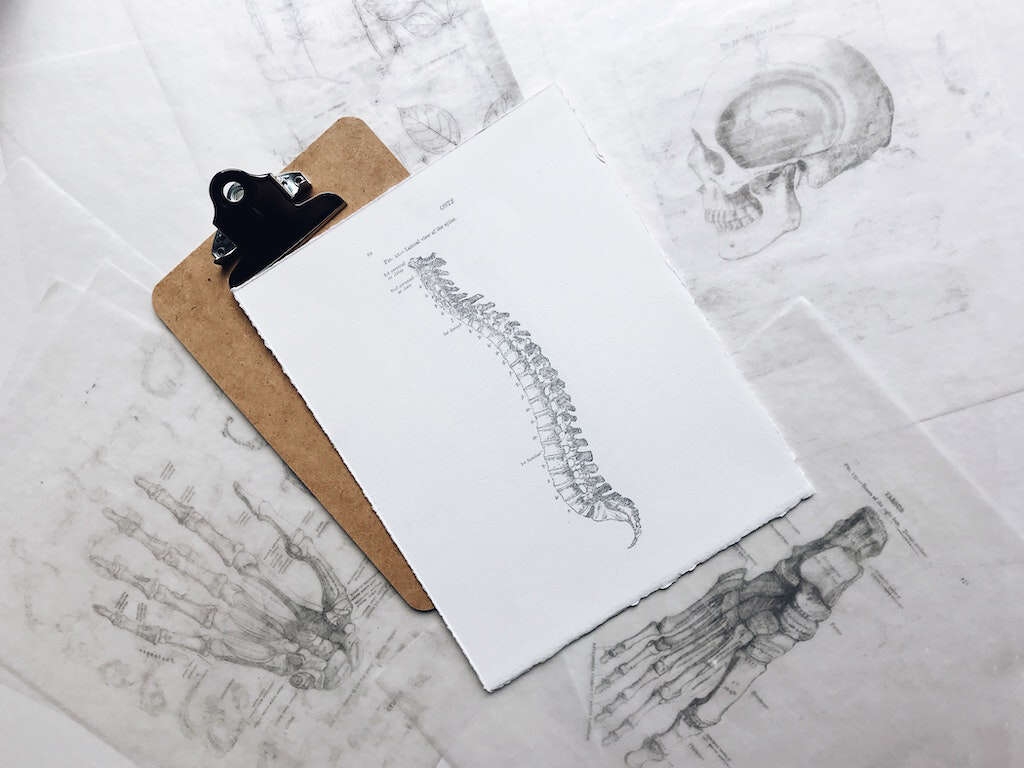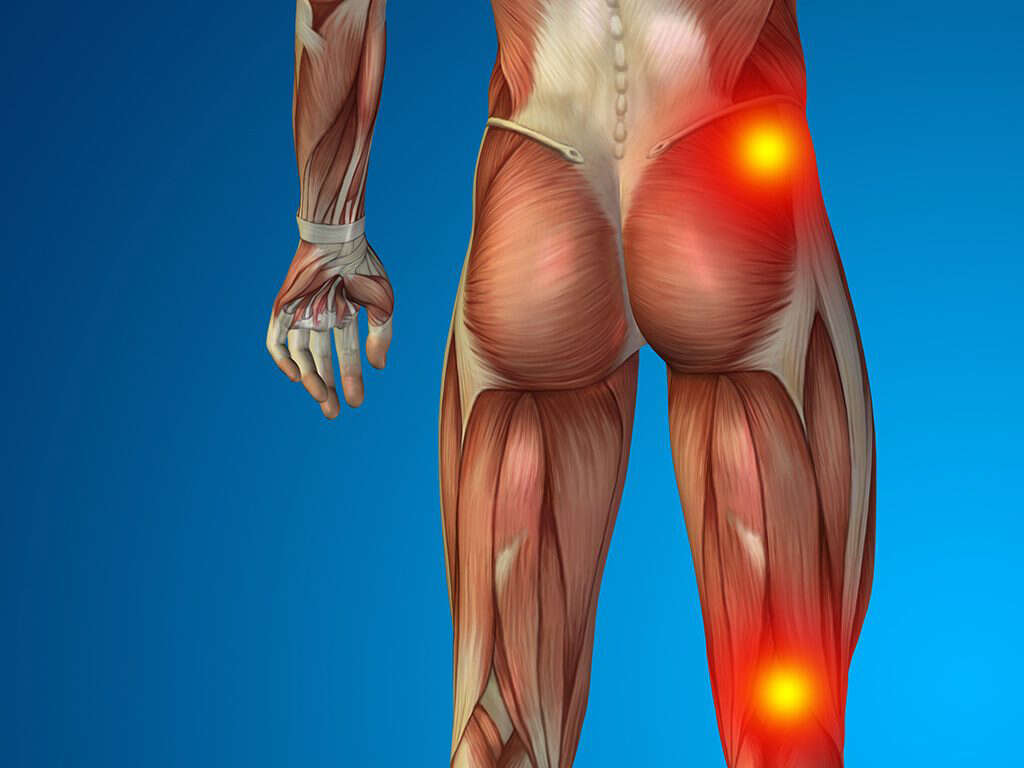10 Causes of Sciatic Nerve Pain
Sciatic nerve pain, commonly known as sciatica, refers to pain that radiates along the sciatic nerve branching from the lower back down the hips and buttocks. In most cases, sciatica only affects one side of the body.
The pain can vary from a mild ache, burning sensation, sharp pain, or an electric shock-like pain. It may be worsened by a cough or sneeze. There may also be weakness and paresthesia in the affected limb. Sciatic nerve pain usually occurs when there is compression of the sciatic nerve by an underlying cause.
While the pain is severe, most cases usually resolve on their own within a few weeks. However, those with leg weakness or issues with the bladder and bowel may require surgery. Prevention includes regular exercise and maintaining a proper posture.
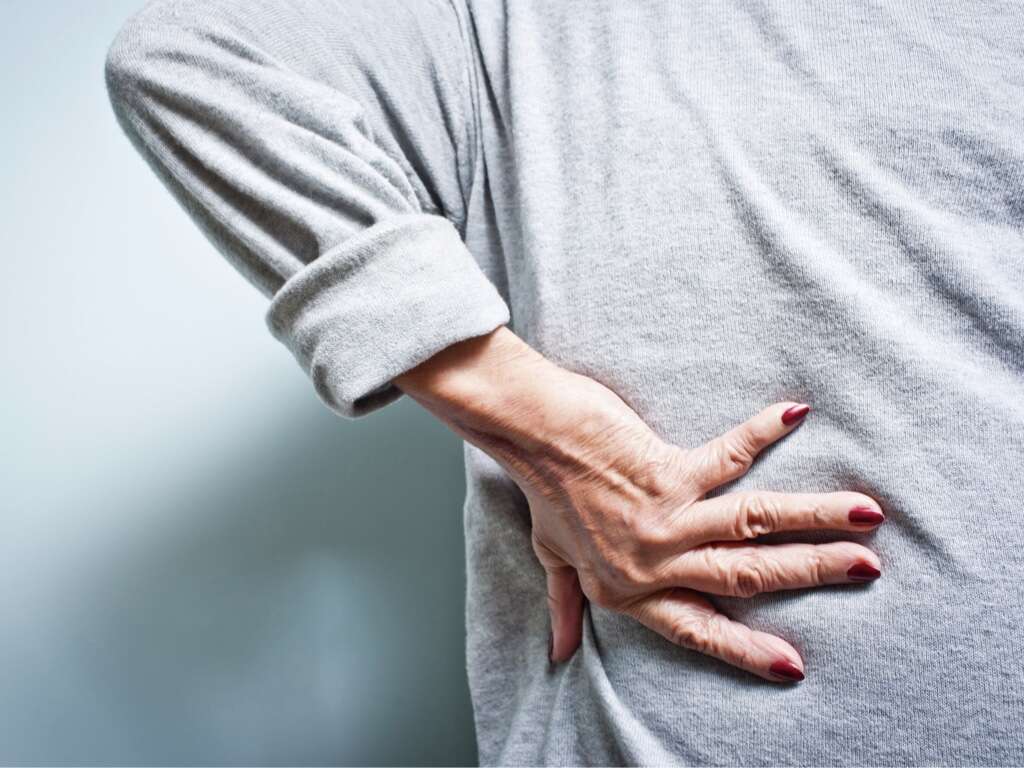
Cause #1: Age
Sciatic nerve pain is much more prevalent among those with advanced ages. Age-related changes such as bone spurs and herniated discs are common causes of sciatica. While the occurrence varies, highest estimates show that it affects about 40 percent of individuals at some point in life.
Since the discs degenerate with time, advancing age also means that there is a higher risk of sciatica. Most individuals who get sciatic nerve pain or sciatica are between the ages of 30 to 50 years old.
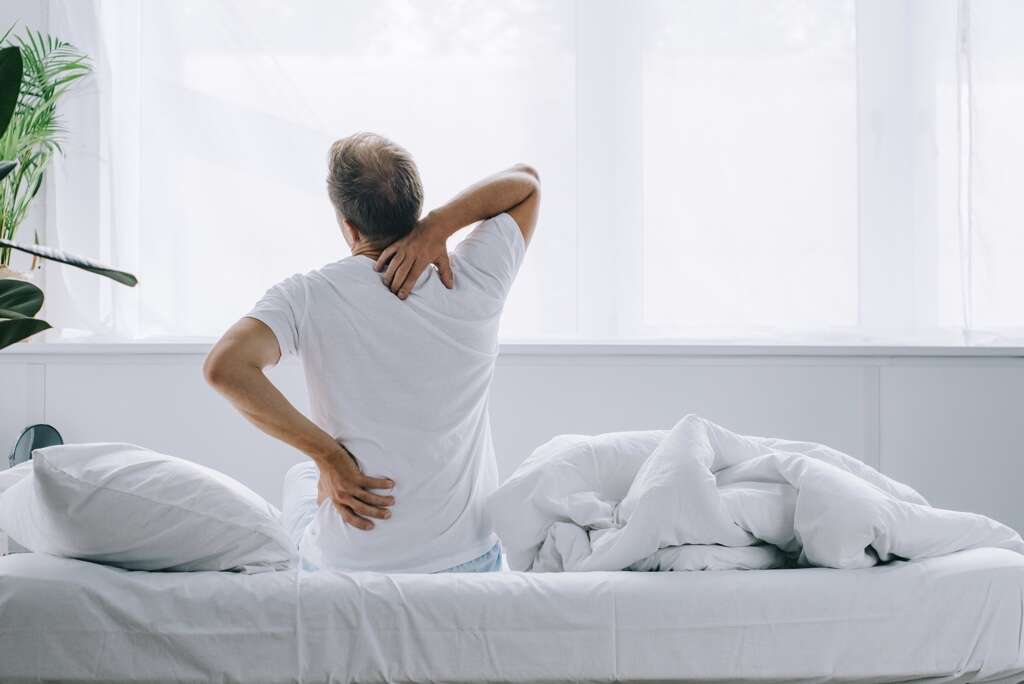
Cause #2: Occupation
Sciatic nerve pain is more likely to be seen in some occupations as some work-related activities may have a negative impact on the sciatic nerve.
Jobs that cause whole body vibrations, harmful work postures, heavy lifting, or physical loading may cause a higher risk of herniations and disc tears. Even occupations that cause prolonged sitting, especially on hard surfaces, can also cause sciatic nerve pain as there is pressure and compression on the sciatic nerve.

Cause #3: Prolonged Sitting
Sitting expends less energy compared to standing or moving. Many studies have found that sitting for prolonged durations has been associated with high blood sugar, hypertension, and cardiovascular diseases. Any extended sitting can be harmful.
It has been found that those who sit more than 8 hours a day without physical activity have similar health risks posed by smoking and obesity. Sitting places more stress on the lower back and sciatic nerve causing sciatic nerve pain. Learning to sit with a proper posture can prevent the compression of nerves. Moving more also helps with weight loss, which decreases the risk of sciatic nerve pain.

Cause #4: Obesity
Obesity refers to the condition where there is accumulation of excess body fat to the point where it would have a negative impact on health. It can be defined as having a body mass index [BMI = weight (kg) / height (m) x height (m)] of more than 30kg/m2. Those between 25 to 30 kg/m2 would be classified as overweight.
Obesity has been linked to various conditions such as osteoarthritis, cardiovascular diseases, type 2 diabetes, cancer, depression, obstructive sleep apnea, and sciatic nerve pain. Extra weight can increase pressure on the spine, leading to an increased chance of a herniated disc, which could result in sciatic nerve pain.

Cause #5: Diabetes
Diabetes mellitus is a group of metabolic disorders where there is prolonged hyperglycemia. Symptoms include increased thirst, frequent urination, and increased hunger. Diabetes is a condition that can cause complications such as hyperosmolar hyperglycemic state, diabetic ketoacidosis, and death. It can also lead to foot ulcers, chronic kidney disease, cardiovascular disease, stroke, and eye damage.
It occurs due to inadequate production of insulin or insulin resistance. Diabetes can also cause nerve damage or peripheral neuropathy, which increases the risk of numbness, burning, and shooting pain behind the legs (sciatic nerve pain).

Cause #6: Smoking
Smoking is a practice where a burnt substance is breathed in. This substance is most commonly dried leaves from the tobacco plant rolled into a cylindrical shape known as a cigarette. It is a recreational habit where the combustion of dried leaves vaporizes and delivers substances into the lungs that are then absorbed into the body.
Generally, smoking has negative health effects. Many diseases have been linked to smoking. Examples include increased risk of cardiovascular diseases, stroke, hypertension, and diabetes. Smoking has also been found to be a modest risk factor for sciatic nerve pain and lumbar radicular pain.
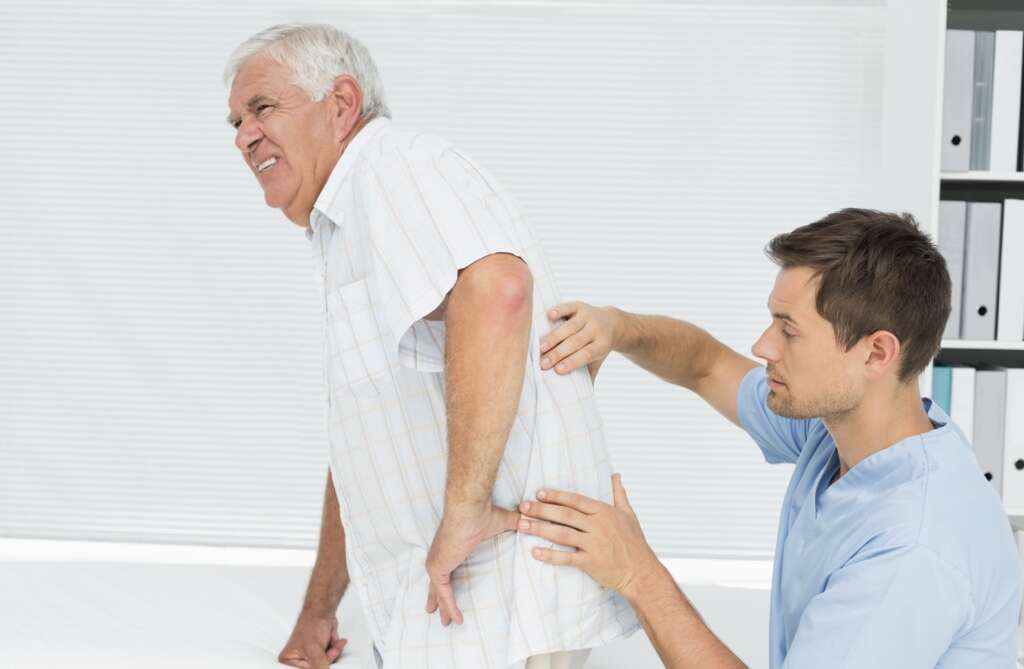
Cause #7: Herniated Disc
Spinal disc herniation is a condition that occurs due to the injury to the cushion located between the vertebrae. This condition usually occurs due to trauma and excessive strain. It can cause physical disability, paresthesia, paralysis, muscle weakness, sciatic nerve pain, and debilitating back pain. It may also cause urinary and fecal incontinence.
Diagnosis can be made using a magnetic resonance imaging (MRI) scan. Treatment ranges from painkillers to surgery. Disc herniation is frequently associated with aging and the degeneration of the annulus fibrosus. It can also be caused by straining or trauma. Disc herniation is also more commonly seen among professional athletes who specialize in contact sports.
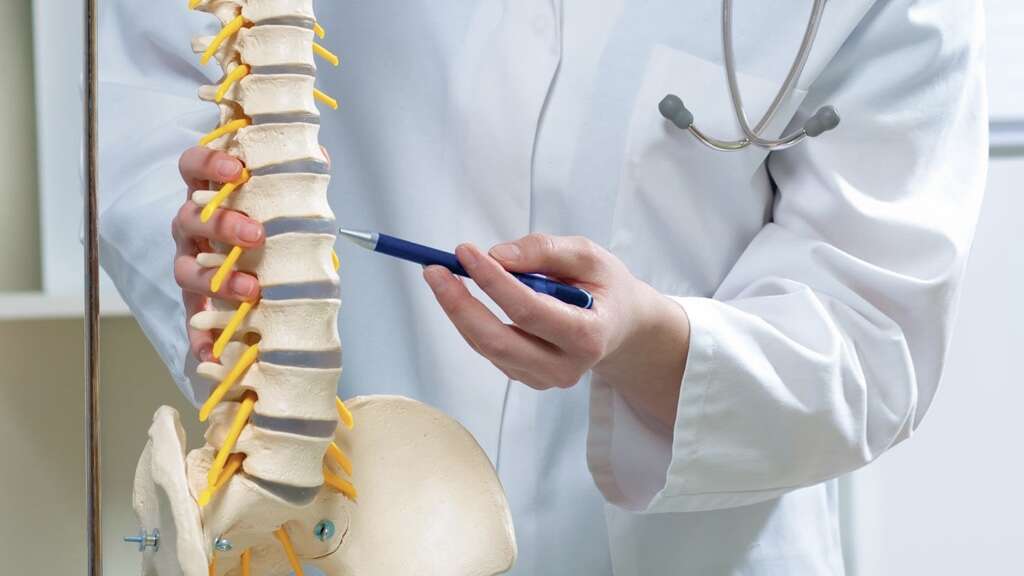
Cause #8: Spondylolisthesis
Spondylolisthesis is a condition where there is displacement of a vertebra compared to another vertebra. Depending on the direction of the displacement, signs and symptoms may include a semi-kyphotic posture, stiff back, tight hamstrings, change in posture, low back pain, sciatic nerve pain, and difficulty with sitting or standing.
Severity can be classified based on the degree of slippage. Treatment for spondylolisthesis includes physical therapy, pain medication, and surgery.

Cause #9: Piriformis Syndrome
Piriformis syndrome is a condition which has been estimated to contribute to 8 percent of lower back pain. In some individuals, the sciatic nerve goes through the piriformis muscle instead of under it. This means that when there is spasm in the piriformis muscle due to overuse or trauma, this can compress the sciatic nerve leading to pain and limited movement.
It can be suspected as a cause of sciatica when there is no spinal disc herniation or when the spinal nerve roots appear to be normal.
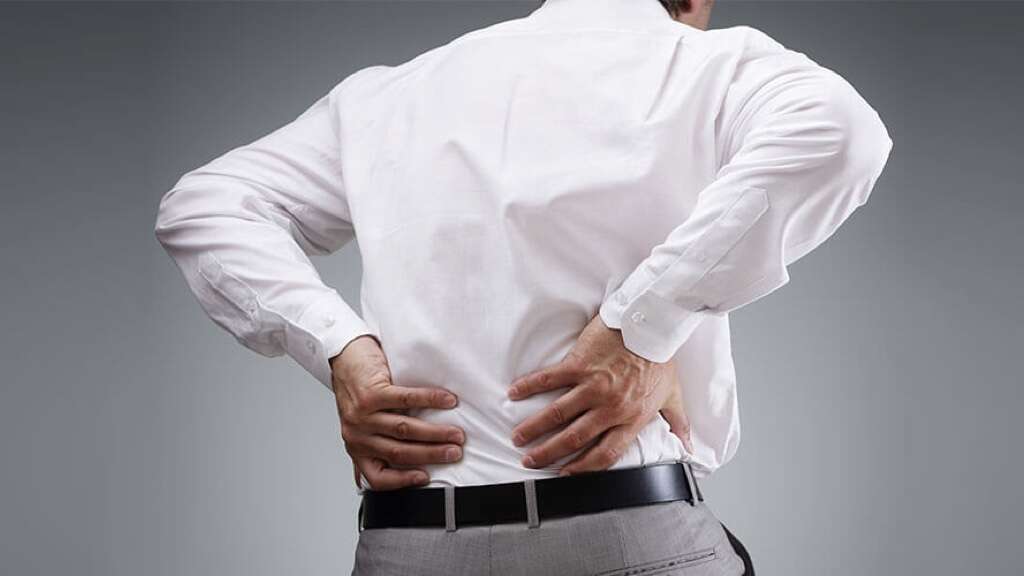
Cause #10: Lumbar Spinal Stenosis
Lumbar spinal stenosis is a condition where there is narrowing and compression of the spinal canal at the level of the lumbar vertebrae. This is most commonly due to spinal degeneration, which is normal in aging individuals.
Lumbar spinal stenosis can also occur due to osteoporosis, tumor, spinal disc herniation, and trauma. It can cause issues such as numbness in the legs, lower back pain, thigh numbness, loss of sensation in the buttocks or feet, and urinary or fecal incontinence. Compression of the sciatic nerve can cause sciatic nerve pain. Diagnosis can be made based on symptoms and medical imaging.




